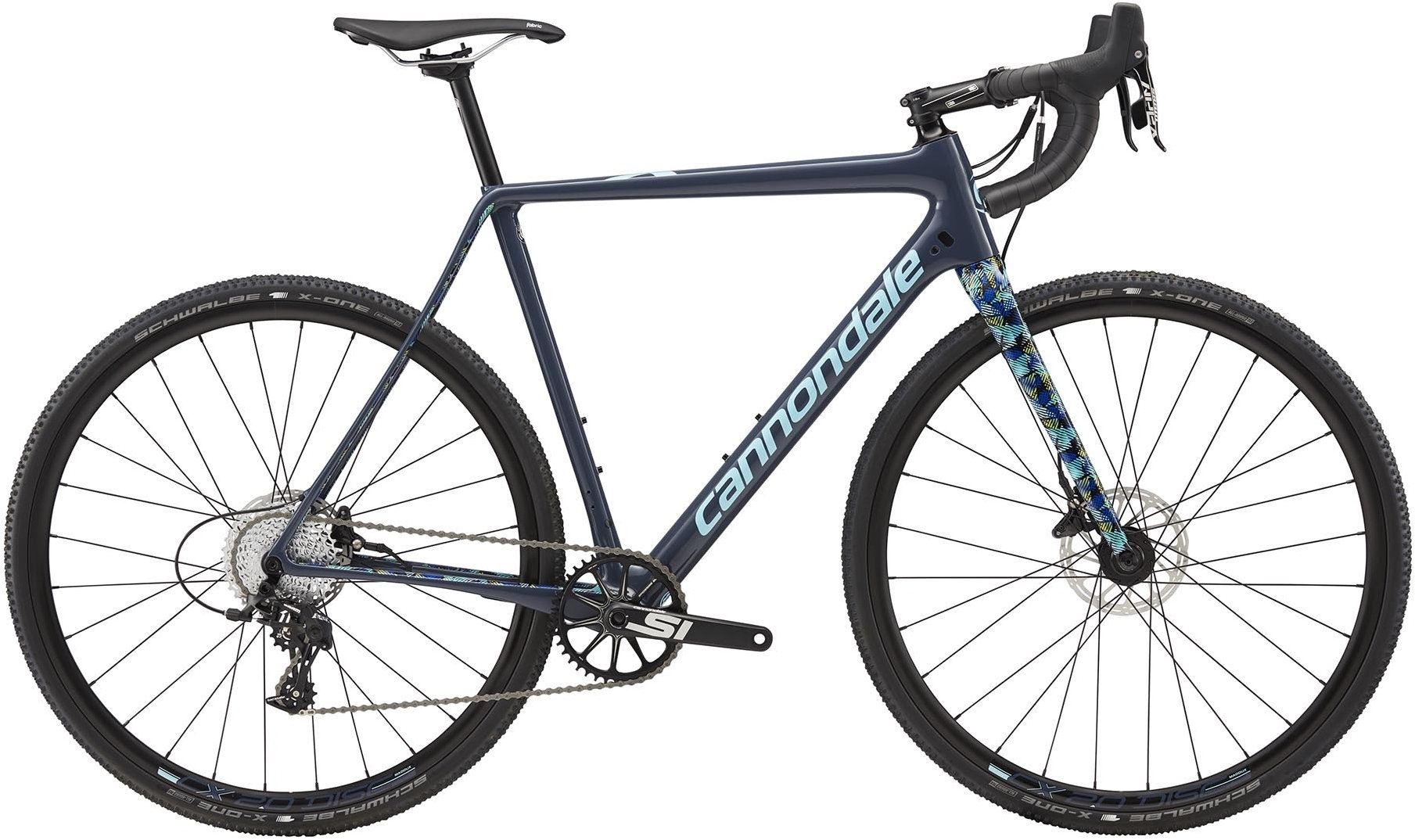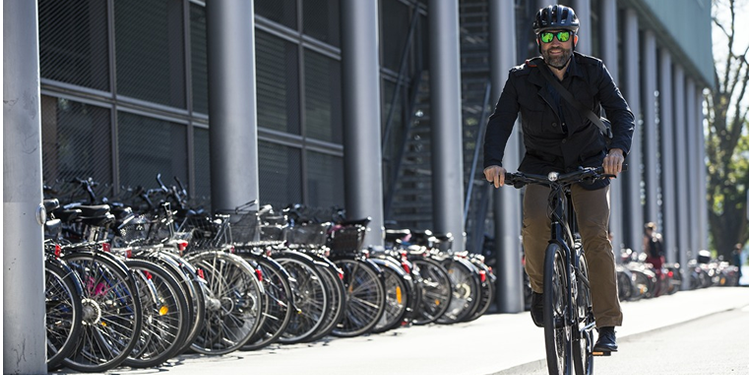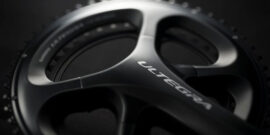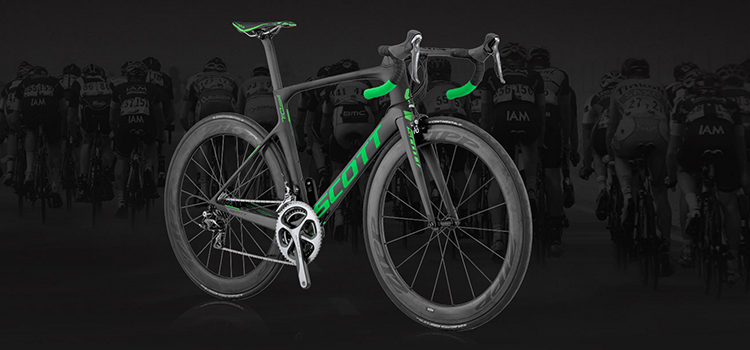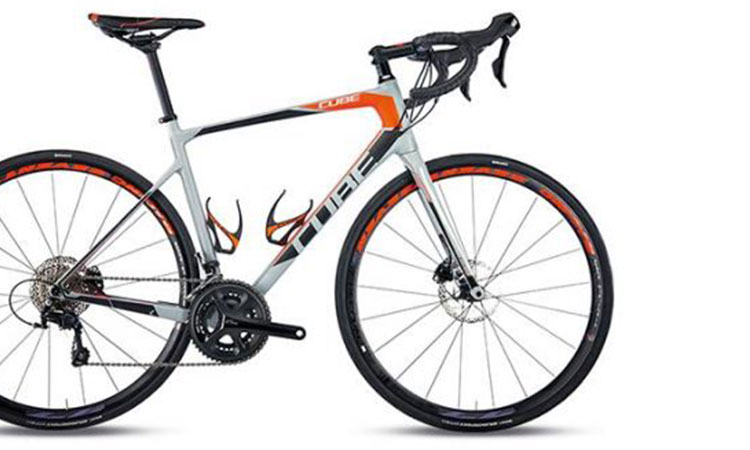So, what is a Cyclocross bike? In it’s purest form, it’s an out and out race bike, essentially a road bike for the mud. If your still confused then you may want to continue reading.
To understand why a cross bike looks the way it does, you will need to know a little about the racing it’s designed for. Cyclocross is a form of racing that typically takes place in the cold, dark, winter months. It’s a predominantly off road discipline with courses often involving obstacles such as stair sets, sand pits, hurdles and many other joys.
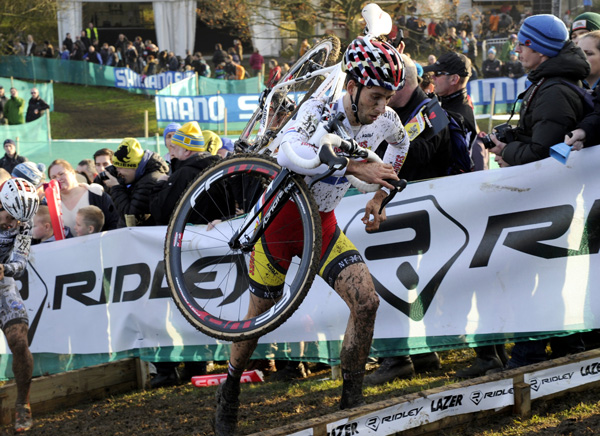
Of course, many of these obstacles cannot be passed whilst mounted which is why many riders will dismount, chuck their bike on their shoulder and run like the clappers. This is why cyclocross bikes have a “boxy” appearance. They have a large front triangle to enable the rider to easily carry their bike on their shoulder, this also gives the bike a taller standover height, something to bare in mind when purchasing a cross bike.
Riding off road in winter also means mud and lots of it. This is why cross bikes have huge amounts of clearance around the fork and chain stays. In addition to this, they tend to have a higher bottom bracket for ground clearance.
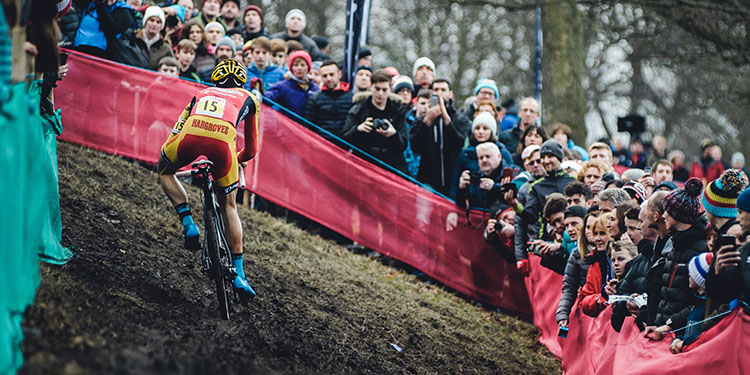
Although disc brakes are only just becoming acceptable to the roadie crowd, the guys and girls riding cross have been using them for years now. As well as providing better tyre clearance, they are also a lot more powerful than traditional caliper brakes, giving more consistent braking in the poorest conditions without chewing up your lovely new wheels.
When it comes to geometry and sizing the best thing to do is chuck a leg over one of these beasts and allow our expert staff to help you find the best fit. For most brands, the sizing is similar to their road bikes. For example, if you normally ride a 52 Specialized Tarmac you will most likely be a 52 on a Specialized Crux. Of course there are exceptions to this and it will vary depending on the individual, so don’t hold on to that statement too tightly.
The fit on a cyclocross bike is quite different to most road bikes. Typically cross bikes have a taller head tube, shorter top tube and a higher bottom bracket. You can of course set it up as close as you can to your road bike. However, a lot of cyclocross riders tend to run a slightly taller front end and shorter reach in comparison with their road bike. This allows the rider to have more control out of the saddle and man handle the bike especially around the many obstacles that they will be fronted with on course.
So you’re not looking to race and you don’t like riding through sand pits? Well you still shouldn’t rule out a cross bike. They make great all rounders and if your spouse doesn’t conform to the N+1 rule, it could be the one bike to do it all. Being born from the mud, cross bikes come equipped with relatively wide tyres with low gearing which enables them to complete most trails with ease. Swap those knobbly tyres out for some smoother road tyres and you’ve basically got a burly road bike. The only potential disadvantage can be gearing, with most brands opting for a 1×11 SRAM setup, they can suffer at higher speeds on the road but given this bike is designed for racing offroad, it still proves itself to be incredibly versatile.
Cyclocross has never been more accessible with more and more races, plenty of local cycling clubs involved and our full range of 2018 Cannondale CX bikes currently on sale, grab yourself a bargain and get cross.
“Jack Explains”
Jack works in our Chichester store, is a fully qualified Retul Bike Fitter and whilst he rides all disciplines, it’s safe to say his heart belongs to mountain biking.
Check out Jack’s Instagram for more inspiration to get out on your bike.


